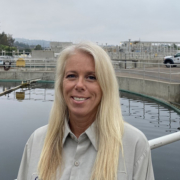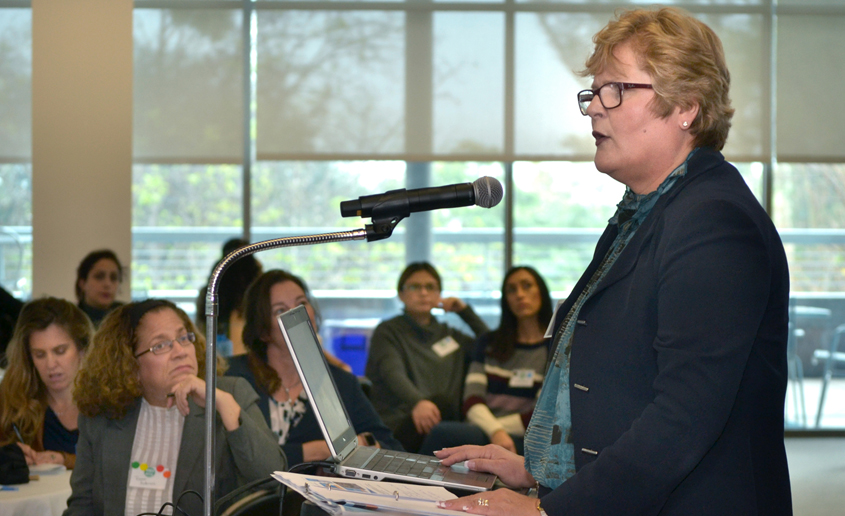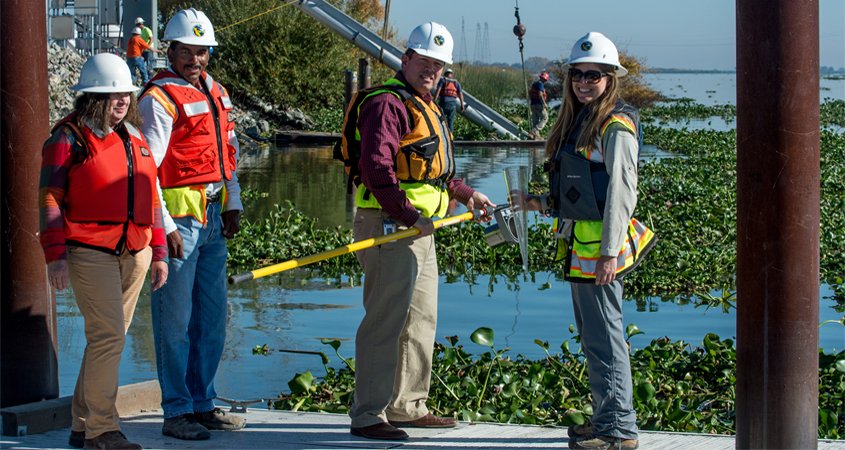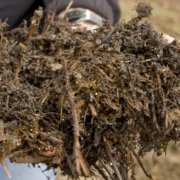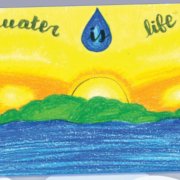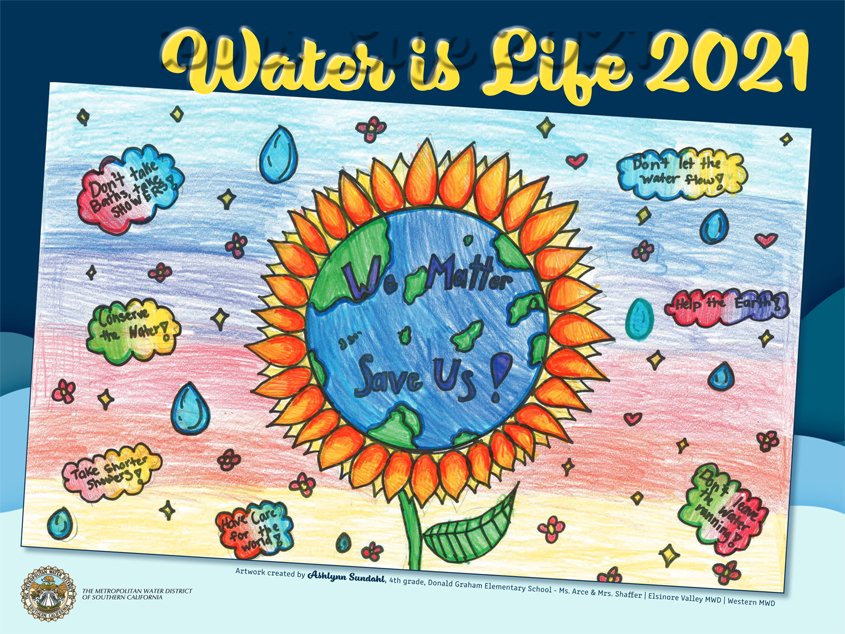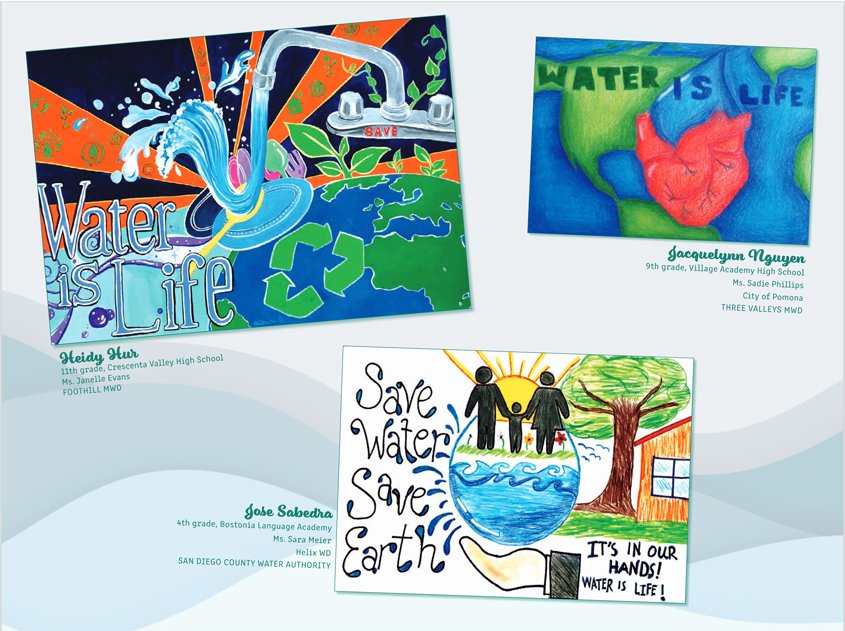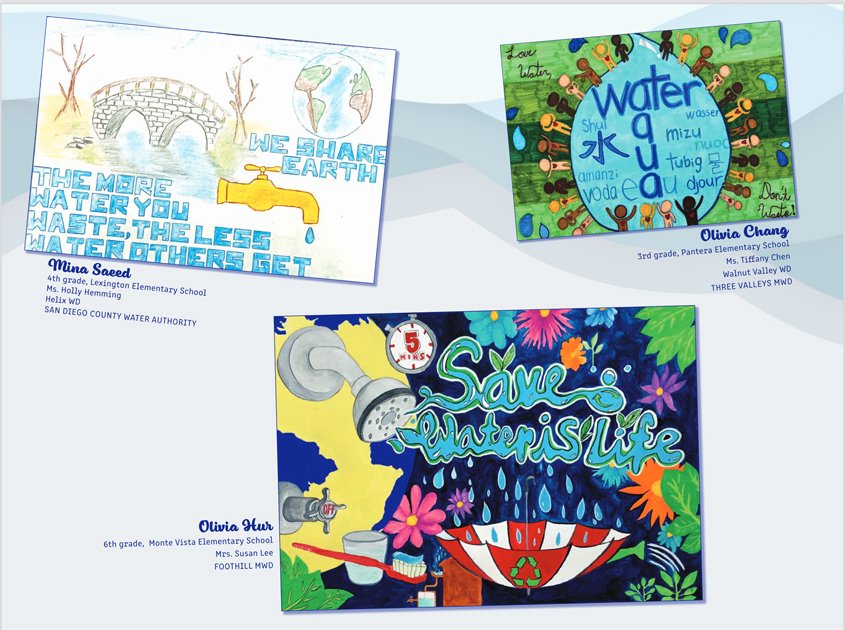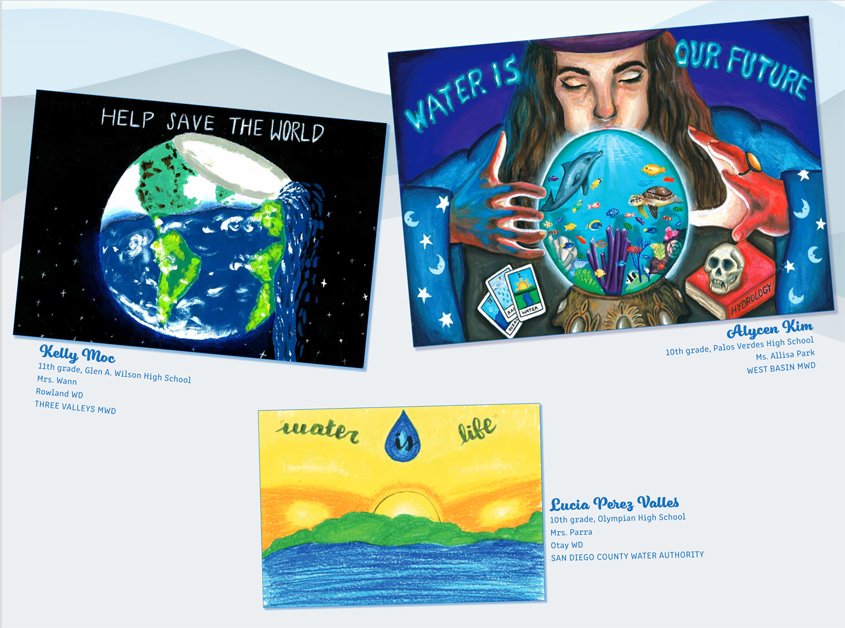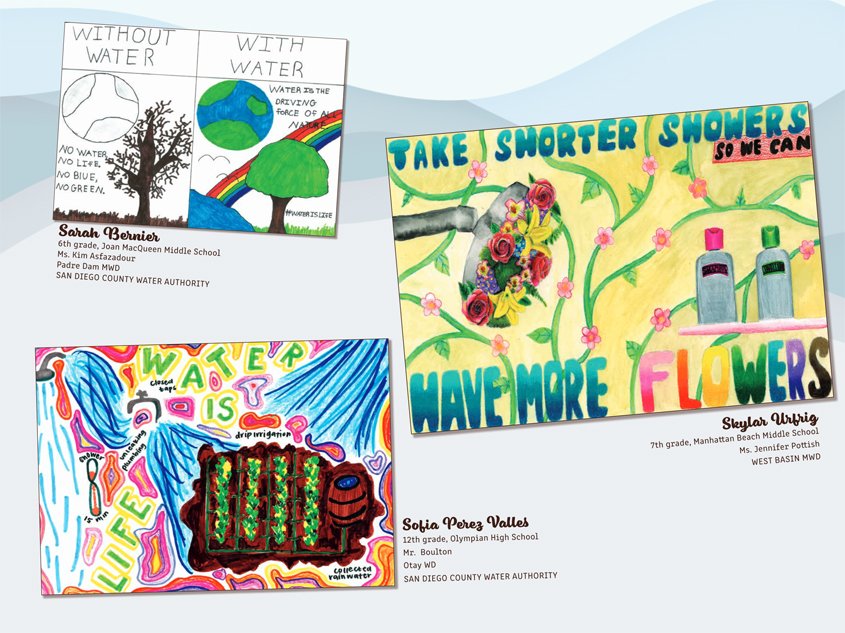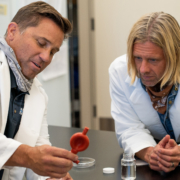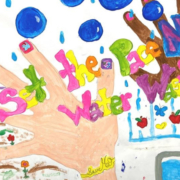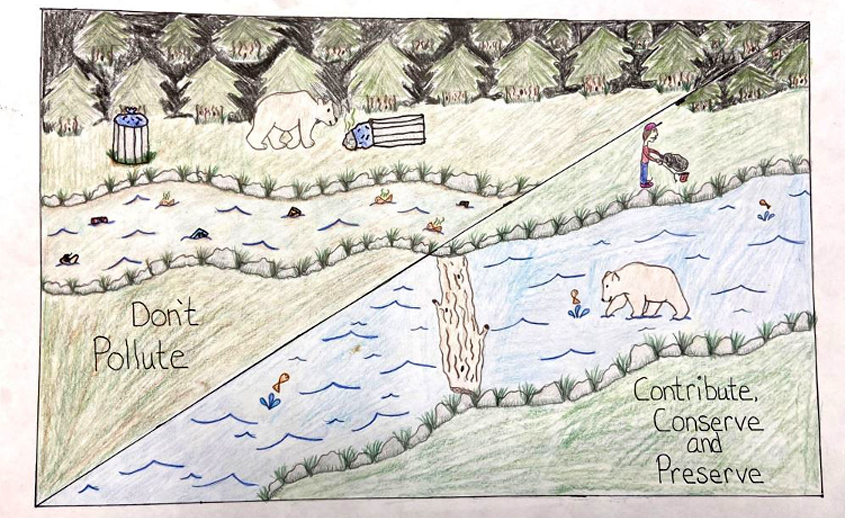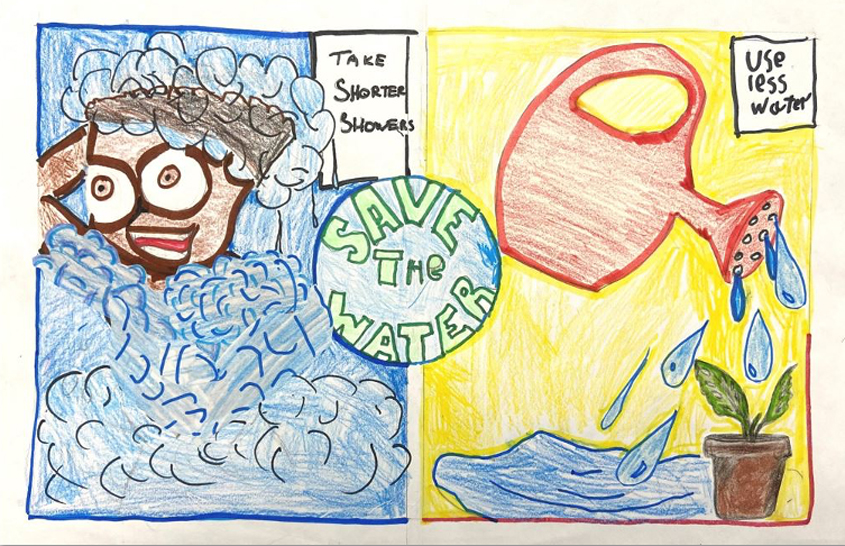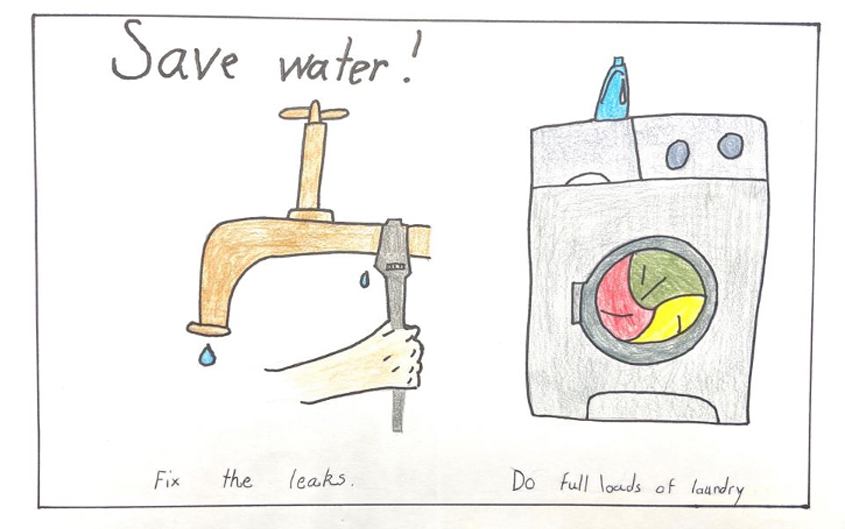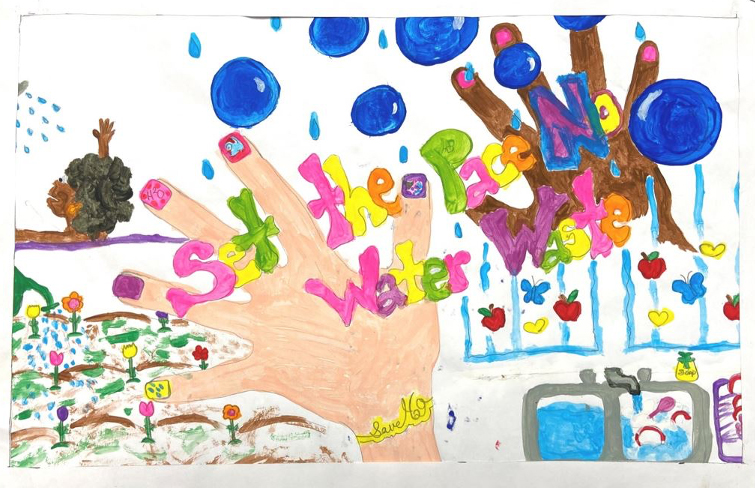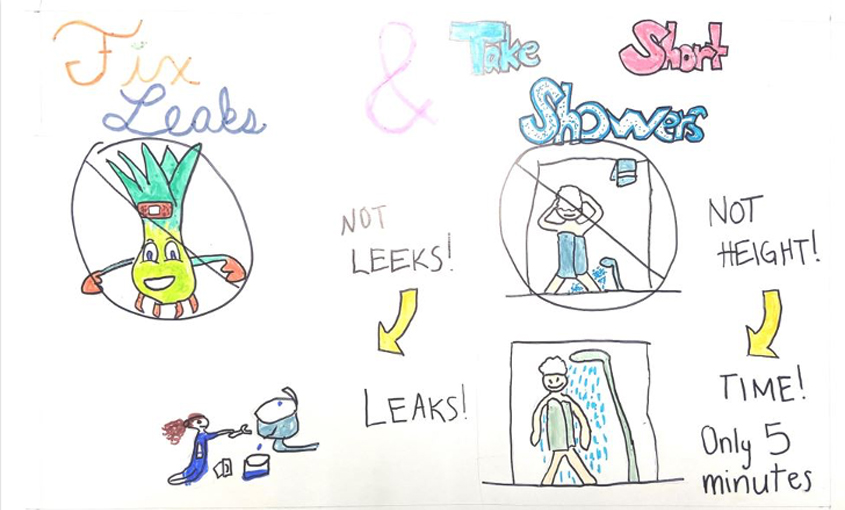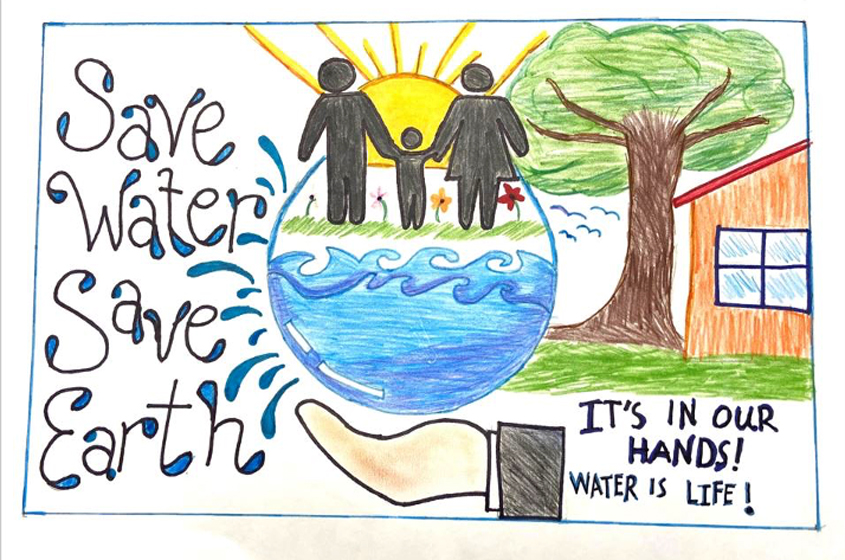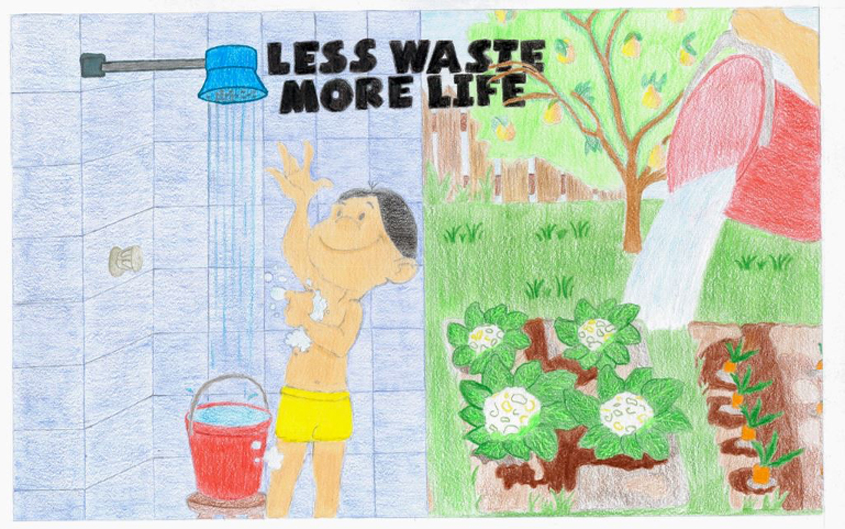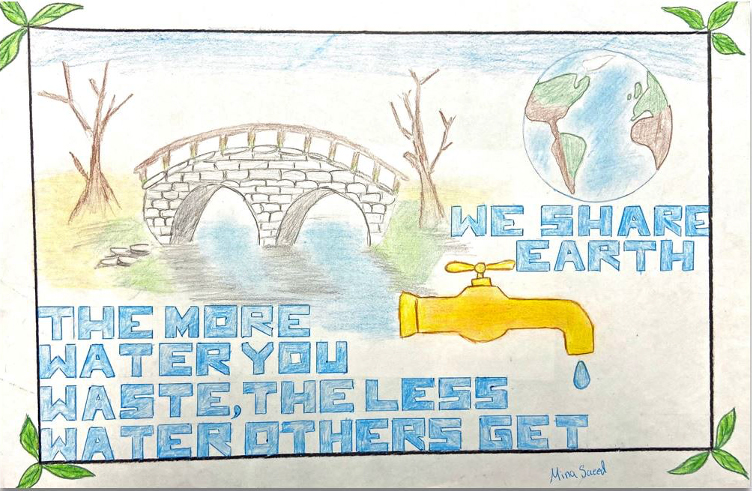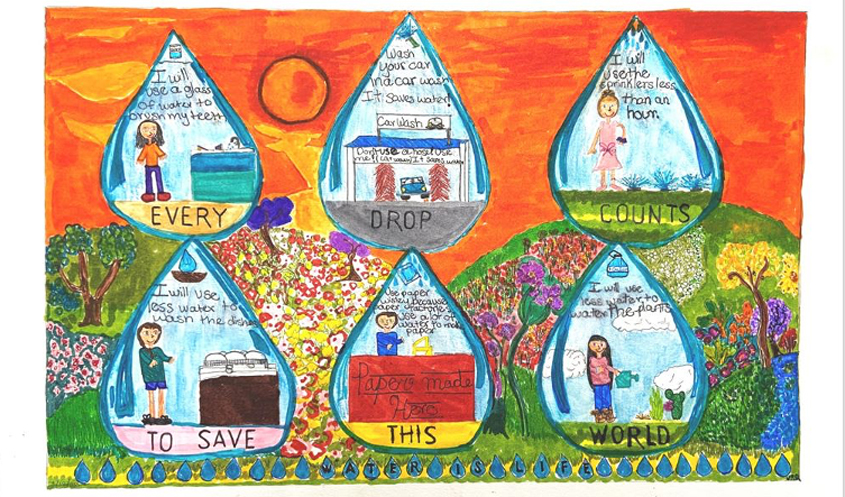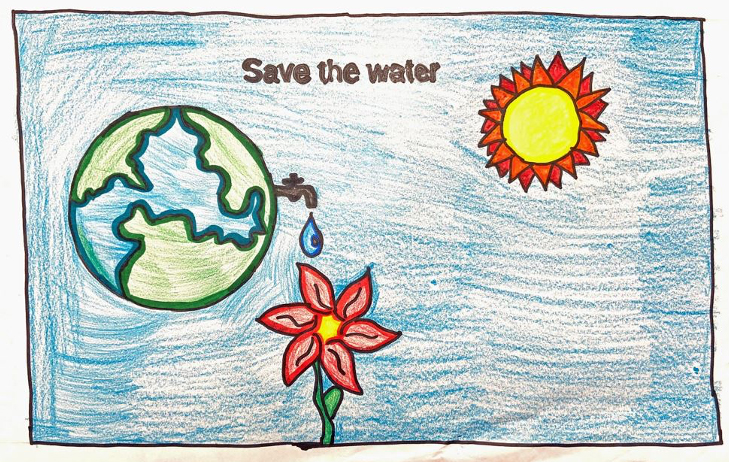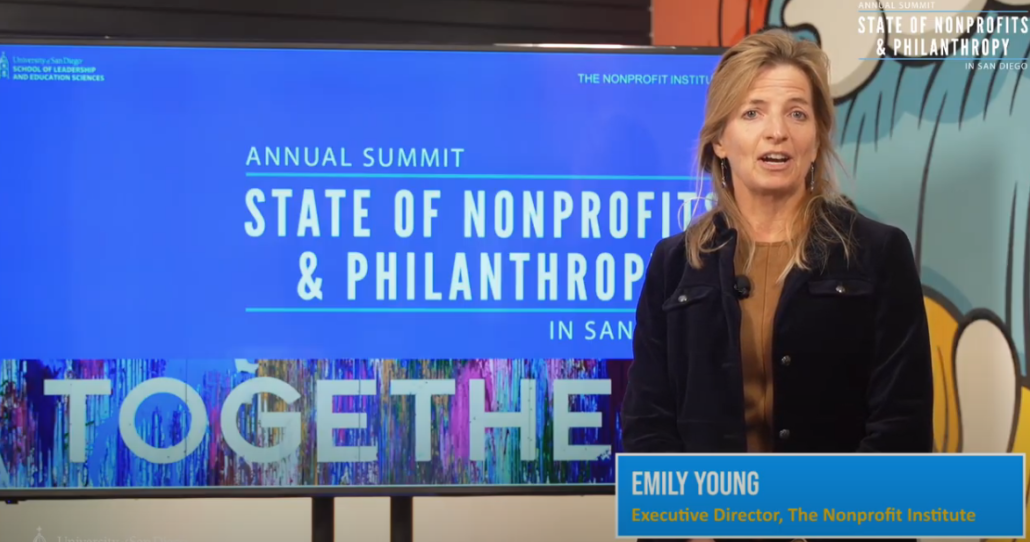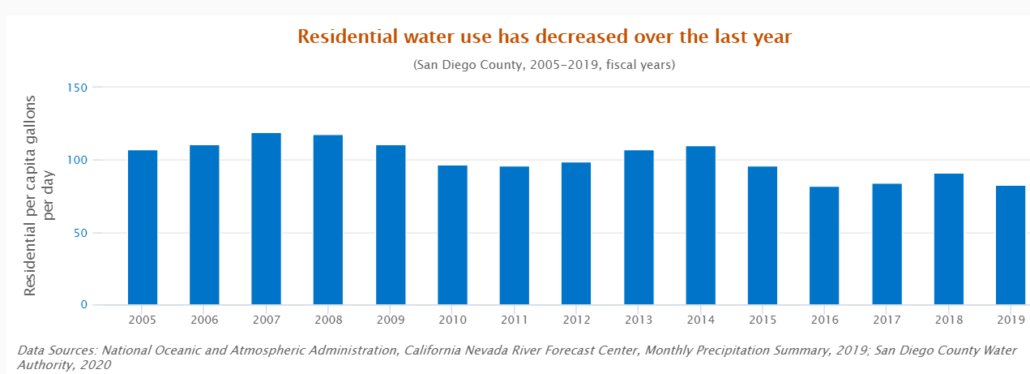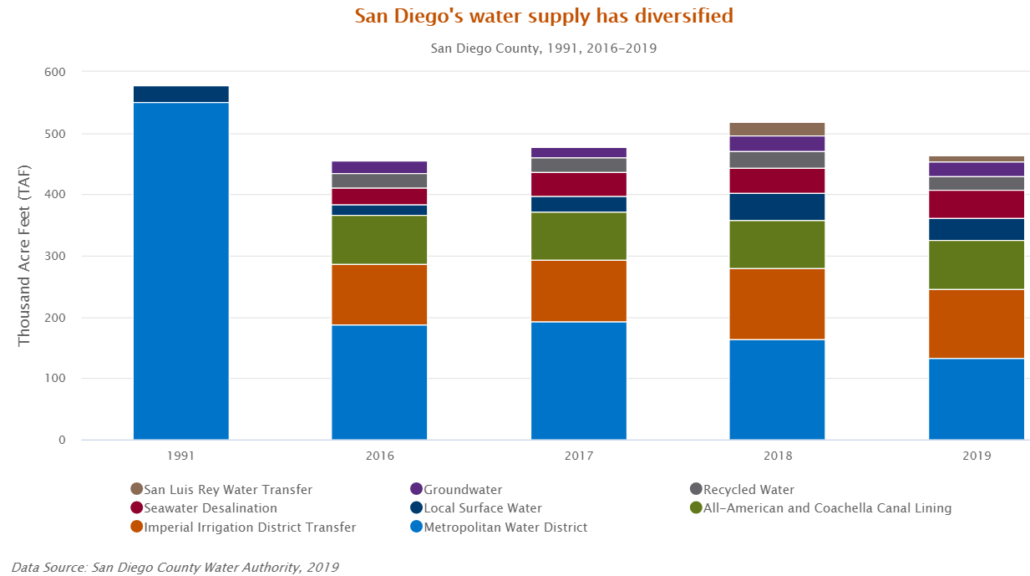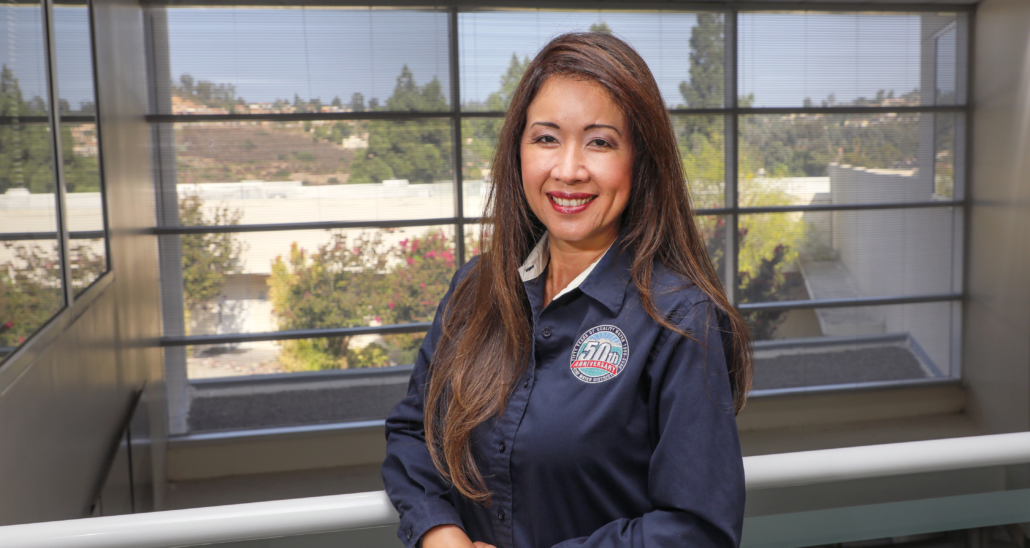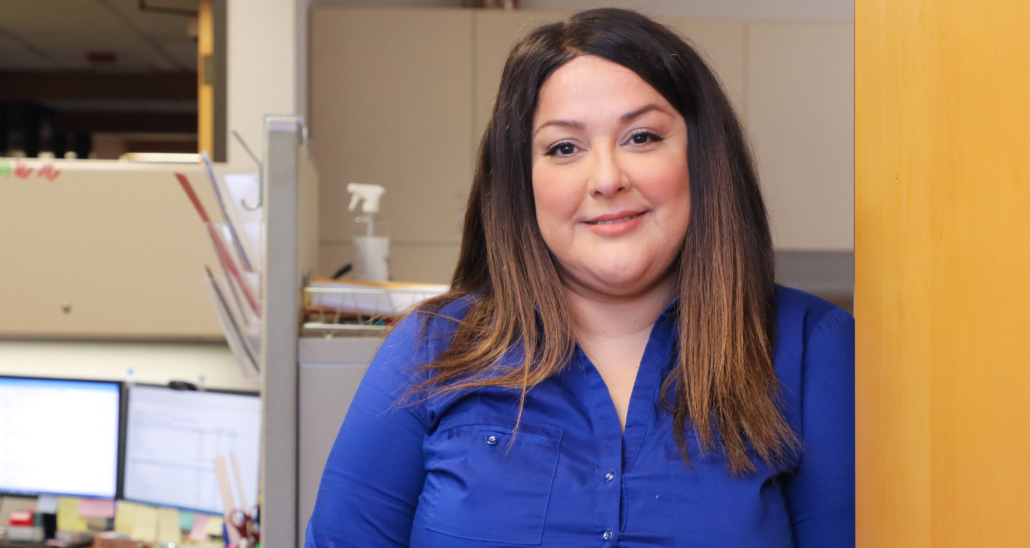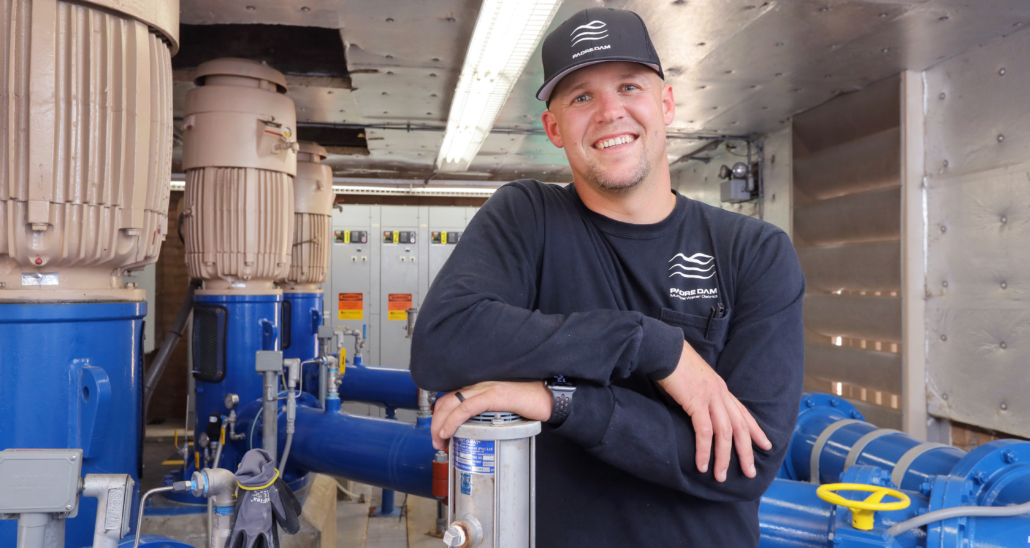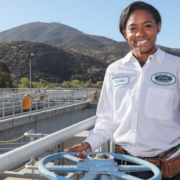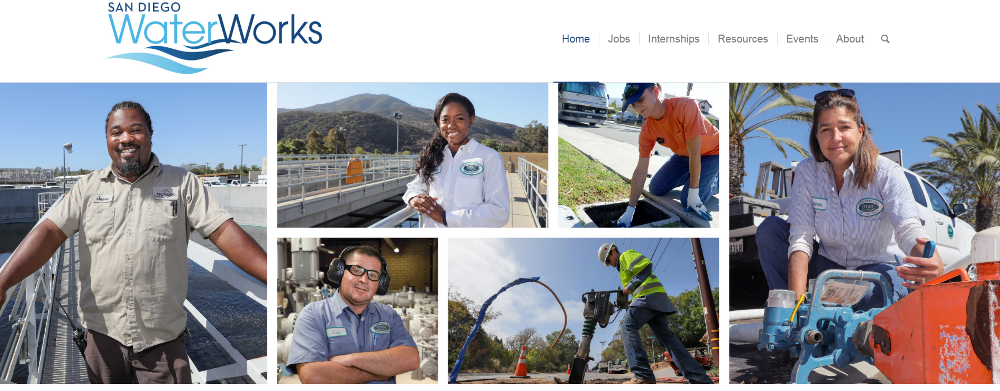Scholarship Applications Open for Aspiring Water Pros
If you’re a student considering college studies leading to a career in the water and wastewater industry, several California water associations and San Diego regional member water agencies offer college scholarships.
Scholarships are available for community college, college, and graduate-level programs. Here are a few of the funding opportunities for study in the 2021-2022 academic school year.
Statewide water scholarships

Approximately 1,400 water and waster industry jobs will become available in San Diego County in the next five years. Photo: San Diego County Water Authority
The Water Environment Federation’s Canham Graduate Studies scholarship provides $25,000 for a post-baccalaureate student in the water environment field. The scholarship is for education-related expenses such as room and board, tuition, and books. The scholarship may not be used to cover stipends or wages.
The applicant must be a WEF member, complete an online application, and be enrolled in a graduate program. Recipients must commit to working in the water industry for two years following graduation.
Deadline: March 1, 2021. WEF Scholarship Application Link
The California Water Environment Association is offering $30,000 in scholarships this year to students pursuing a career in the clean water profession. The deadline to apply for the CWEA Kirt Brooks Scholarship program is Feb. 15.
The Association of California Water Agencies offers a $3,500 scholarship to qualified applicants attending a University of California or California State University school pursuing an undergraduate degree in a water-resources related field such as engineering, agriculture, environmental studies, or public administration. The applicant must be a junior or senior attending full-time during the 2021-2022 school year. Criteria include scholastic achievement and motivation to the vocation of water-resources management.
Deadline: March 1, 2021. ACWA UC and CSU Scholarships Application Link
The California-Nevada section of the American Water Works Association awards more than $20,000 in scholarships supporting students and professionals pursuing careers in a drinking water-related field. Two $5,000 graduate scholarships and four $2,500 undergraduate scholarships are available. Two additional $1,000 scholarships fund training as a drinking water treatment/distribution operator in trade or community college programs.
Suitable candidates include environmental and civil engineers; water, wastewater, and recycling treatment plant operators; distribution system operators; chemists; laboratory technicians; biologists, ecologists, and environmental scientists; and others whose roles support safe and reliable drinking water.
Deadline: March 15, 2021 AWWA Scholarship Application Link
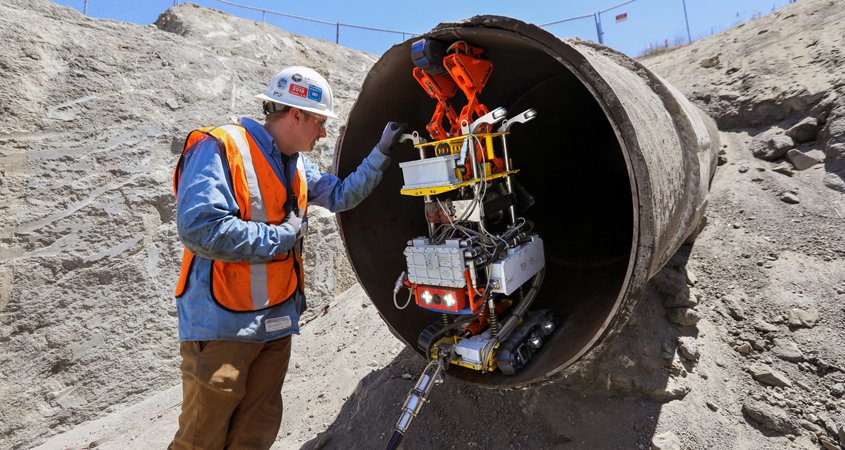
Up to eight local scholarships are available from two member water agencies for students in the North County and East County. Photo: San Diego County Water Authority
San Diego regional water scholarships
The Helix Water District offers two $1,000 scholarships to graduating high school seniors who will begin their university studies next fall. Applications are due April 1 for the Dr. Lillian M. Childs Scholarship and the Robert D. Friedgen Scholarship, which provide help with freshman year expenses. The scholarship committee reviews each applicant’s grades, extracurricular activities, volunteer and work experience, academic and career goals, and financial need.
High school seniors must graduate in Spring 2021 and attend a four-year college or university next fall. Applicants must live in Helix’s service area, including the cities of Lemon Grove, La Mesa, and El Cajon, the community of Spring Valley, and unincorporated areas of the county.
Deadline: April 1, 2021. Helix Water District High School Students Scholarship Application Link
The Vista Irrigation District offers up to six scholarships to high school students living or attending school within the district. Awards range from $1,000 to $3,000. The purpose of the scholarship program is to encourage students to learn more about water-related issues impacting their community. Students who compete for a scholarship must complete an essay and provide a personal statement related to their background and/or goals. Selection criteria also include community involvement or volunteer service and letters of recommendation from high school faculty.
Deadline: April 5, 2021. Vista Irrigation District High School Students Scholarship Application Link.
The San Diego County Water Authority and its 24 member agencies have created a regional workforce development task force to address the ‘Silver Tsunami’ of experienced employees reaching retirement age. With approximately 1,400 water and wastewater jobs expected to open up across San Diego County in the next five years due to retirements, water industry careers offer promising lifelong professional opportunities. For more information, visit sandiegowaterworks.org


